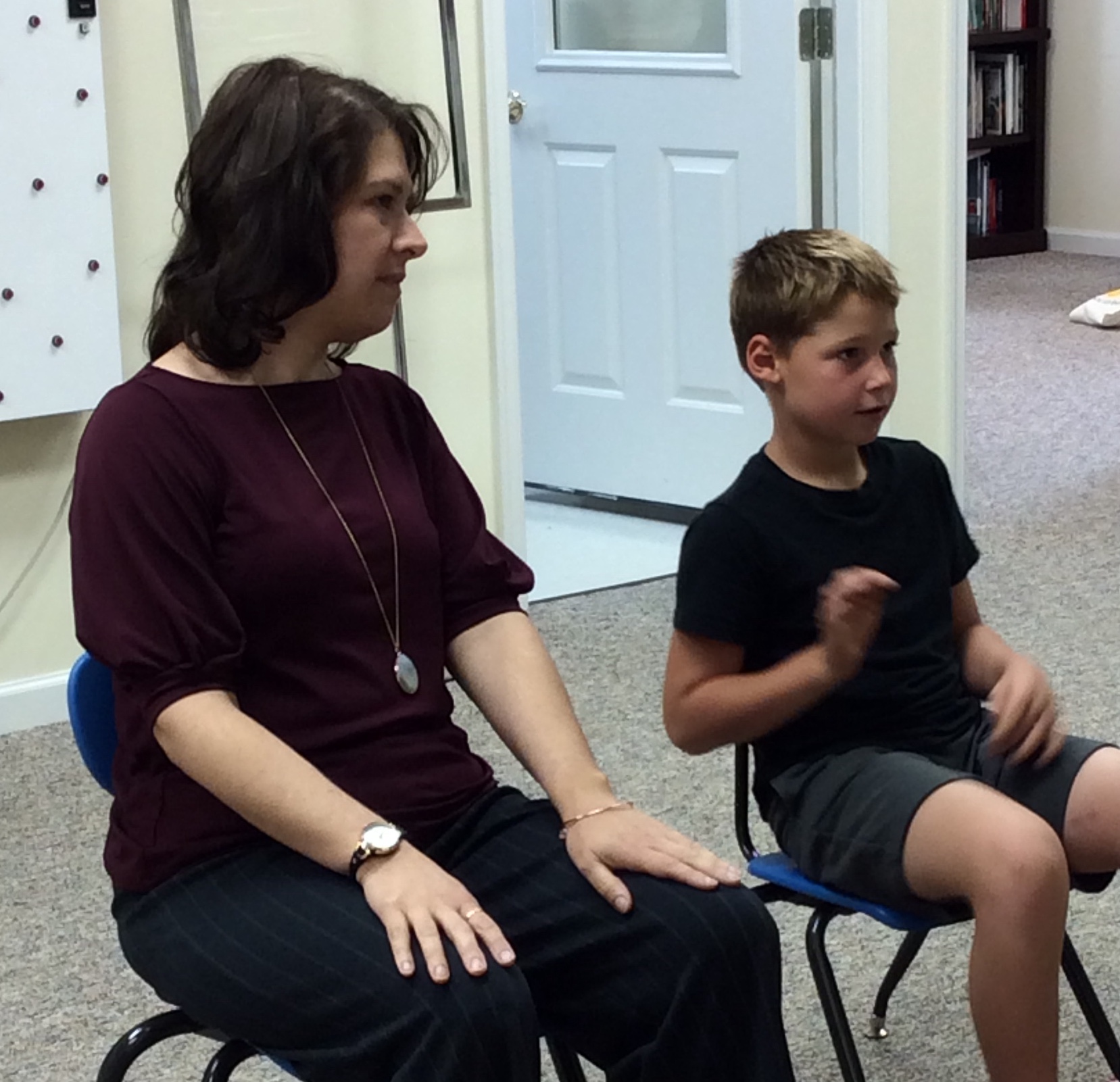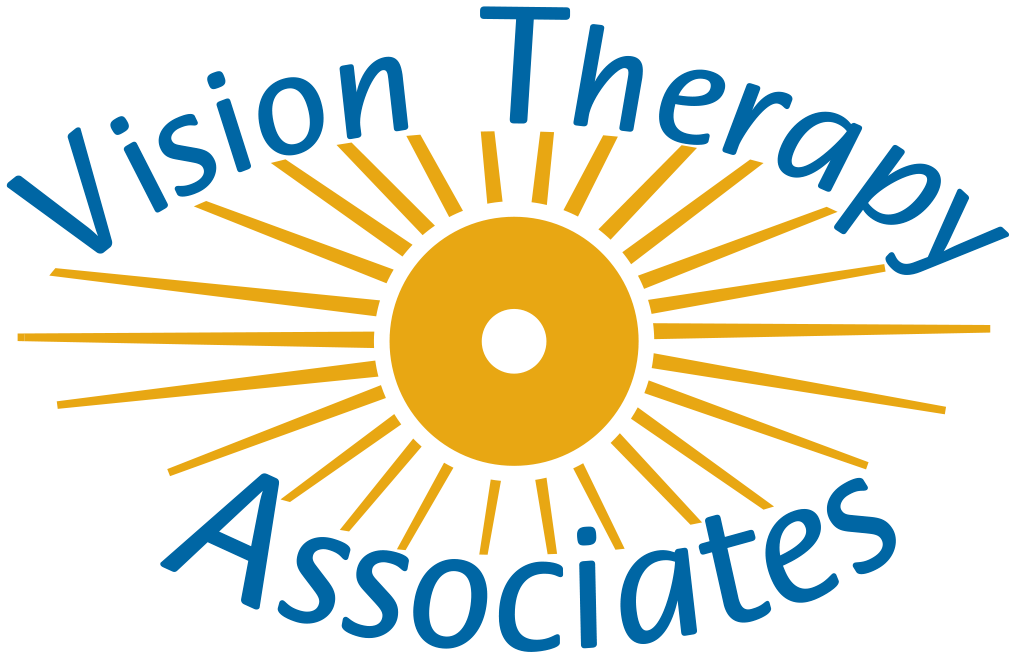Through a Child’s Eyes
Through a Child's Eyes...
A 10 year old fourth grade student, Annie, goes for a routine eye exam with complaints of occasional double vision, and print moving or running together. She loves to read, and is doing great in school, but her eyes tire out, and she has to use her finger to help keep her place with reading. Annie struggles to keep up with her classmates, and is fatigued at the end of the school day.
At her vision exam, Annie learns that her eyes are not always working together as a team, her left eye occasionally drifts out causing the double vision. Her eyes are also not coordinated in their movement when jumping from word to word going across the page when reading. They often skip over words, and go to the beginning of the wrong row of print.
Annie is relieved to know what is "wrong", and learns that she can do vision exercises to correct the problem. She was beginning to feel "stupid", because she took so much longer to complete her school work than her classmates. She is starting to feel better about herself already.
After 24 vision therapy sessions and exercises to practice at home every day, Annie no longer has any double vision or tired eyes, and is now the fastest reader in the class. Not only does she know what to do to hold her eyes lined up, but it had become quite easy, and automatic. Keeping her place takes no effort, and she does not feel the need to use her finger to keep her place when reading. Copying from the board is no longer torture, she doesn't make so many "careless mistakes", and she is one of the first students to complete her classroom assignments.
At her check up with the eye doctor, Annie reports "I don't feel stupid any more, and I am not so tired at the end of the school day. So I can come home from school, get my homework done really quick, and have time to read my own books."
Zach, a fifth grade student, suffers from intermittent blurred vision, and struggles with reading since the first grade. He has his eyes check by the school nurse every year, but their test find that he can see the letter chart across the room just fine. Zach's parents take him to the eye doctor anyway, and it is good that they did. The doctor finds that his eyes are not coordinated, and his brain has trouble processing, and organizing what he is seeing. These problems are, no doubt, interfering with his ability to tackle any type of paperwork. Zach, his parents, and teachers now understand why he has trouble keeping his place, and comprehending what he is reading, and why homework takes "FOREVER"!
After just 13 weeks of vision therapy, this once shy young man, is reading on his own for the first time, and enjoying it! His progress in reading, and spelling grades have improved dramatically, and he no longer complains of his eyes tiring or blurring. Zach reports that "Reading is so much easier, but I am really happy that I do not "catch" the football with my head anymore". His parents are thrilled!
These two children were able to verbalized their visual symptoms, but often children do not complain about their eyes because they do not know there is a problem. This is the way their eyes have always felt, and seen. The root of the problem is not found until someone realizes that this child is not performing up to his or her potential, and starts to ask questions. Recently, a child who originally had no complaints about their eyes, reported that "my eyes do not hurt or give me headaches anymore" after a program of vision therapy. When confronted, he said "well they must have hurt before, because now they don't!"
These two Success Stories are common examples of children who struggled with weaknesses in their visual skills, but found help. They worked to develop their visual skills, and it payed off. York County is fortunate to have vision therapy services available since 1990.

About Vision Therapy Associates
Our mission is to provide the ultimate patient care in the field of Behavioral Optometry in order to enable our patients to see their potential, in a friendly, professional environment.
Our Location
Address
2649 Carnegie Rd, York, PA 17402
Phone
(717) 741-5531
Email
